Plastic alternatives: The future of food packaging?

Run by (RE)SET, a Paris-based environmental consultancy, R3PACK is a three-year programme driven by the EU’s target of reducing plastic waste and promoting a circular economy. Plastic packaging waste remains a growing problem in the EU. The average European citizen generated 190 kg of packaging waste in 2021, amounting to a total of 84 million tonnes – up 24% in 10 years, according to Eurostat, the statistical office of the EU. Plastic material accounted for 19% of this waste by weight. While wood and paper packaging have driven much of the growth in packaging waste in recent years, the amount of plastic packaging waste increased by nearly 30% between 2010 and 2021.
And although recycling rates for plastic packaging have steadily improved to the point where all EU member states have met the 55% target, recovery rates for plastic lag those of other waste materials. The high costs of plastic waste to the environment in the form of water and air pollution, marine litter, resource depletion, and climate change therefore remain a rising concern.
Promising novel packaging optionsThe cellulose packaging trialled by R3PACK is among the more established and commercially viable recent alternatives to plastic packaging. It is not only durable and safe, but also relatively cost-effective. According to Wageningen University & Research, one of the key advantages of cellulose is its abundance within “side streams and residual flows of the agrifood industry” in the form of leaves and stems – but the raw material can also be collected from organic and textile consumer waste.
Mycelium-based packaging, grown from fungus on a substrate like wheat or sawdust, is another promising sustainable alternative. Grown in two to four weeks, this material is fully biodegradable, water resistant, fireproof, and much less carbon-intensive than plastics.
In recent years, several startups have demonstrated the possibility of commercialisation, such as the New York-based company Evocative, which launched ‘Myco-bond’ as a Styrofoam alternative. According to a 2018 article in Materials Today, obstacles to scaling up mycelium packaging production include the challenge of consistent density, logistical hurdles, and consumer perceptions.
Edible packaging on the riseMycelium and cellulose have both attracted a lot of attention and funding due to the versatility of the material, but there are also many other packaging options within the food and beverage space that are gaining momentum. Seaweed polysaccharides are biodegradable and non-toxic, but also have the additional benefit of their antioxidant property, allowing for edible and durable packaging. The startup NOTPLA has developed ‘edible blobs’ from seaweed containing substances like condiments and sports drinks. However, like many other ‘food contact materials’ packaging solutions, seaweed has some major drawbacks.
A 2021 review of seaweed polysaccharide as a packaging, film, and coating material in the journal foods noted that seaweed has significantly higher production costs, much more regulatory uncertainty, and the additional challenge of the potential for accumulation of toxic metals and hazardous compounds.
High production costs, regulatory uncertainty, and consumer hesitancy are also primary barriers that other innovative packing solutions in the food and beverage space have to overcome in order to scale up. Nonetheless, more and more innovative products like the dissolvable edible films produced from natural silk by ‘anti-waste company’ mori and plant-based produce ‘peel’ packaging from agri-tech startup Apeel are entering the packaging space, attracting funding and attention from retail partners. These packaging innovations indicate that no single alternative might emerge as the new plastic, with different sustainable options offering a good fit depending on the product, consumer preferences, and local supply chains.
)
)
)



)
)
)
)
)
)
)
)
)
)
)
)
)
)
)
)
)
)
)
)
)
)
)
)
)
)
)
)
)
)
)
)
)
)
)
)
)
)
)